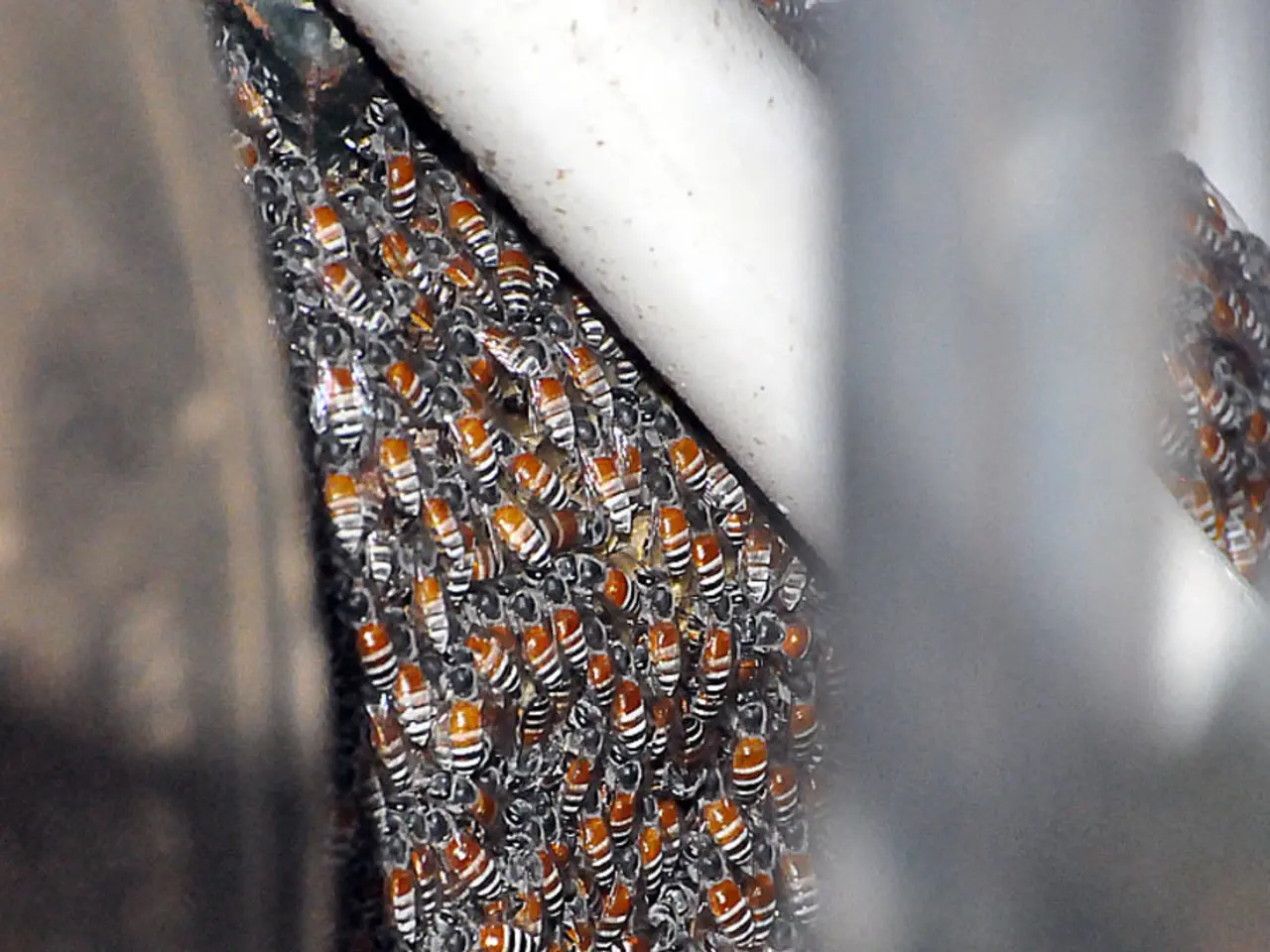Allergic Reaction to Honey: Recognizing Symptoms, Identifying Causes, and Seeking Treatment
Honey, a sweet liquid produced by bees using nectar from flowers, is generally considered safe for consumption. However, for a small percentage of the population, honey can trigger an allergic reaction. This article aims to provide a clear and concise overview of honey allergies, their symptoms, diagnosis, and treatment.
Honey allergies are a rare type of food allergy. They are often more likely to result from raw or wild honey that honey hunters source or small-scale beekeepers produce. Wild honey and raw honey products labeled as artisanal, unheated, unfiltered, or unpasteurized may still contain a high amount of pollens and fine bee components that may trigger an allergic reaction.
Symptoms of a honey allergy can vary from mild to severe. Common symptoms include hives, itching, stomach upset, nasal congestion, throat irritation, and swelling. In rare and severe cases, a honey allergy can cause anaphylaxis, a life-threatening condition characterised by difficulty breathing, wheezing, rapid heartbeat, dizziness, and possible loss of consciousness.
Diagnosis of a honey allergy usually involves taking a detailed medical history about symptom onset and exposure, followed by allergy testing such as skin prick tests to identify sensitivities to components in honey like pollen or bee proteins.
The primary treatment for honey allergies is strict avoidance. This includes vigilance about hidden sources in foods and products. To manage symptoms, over-the-counter or prescription antihistamines may be used to reduce itching, sneezing, and nasal congestion. Nasal corticosteroids may also be prescribed to reduce inflammation. In emergency cases (anaphylaxis), prompt medical attention is critical and may require epinephrine administration.
It's important to note that honey may contain natural toxins, such as grayanotoxins, which can lead to mad honey poisoning. However, this is not related to allergy.
Individuals with a history of pollen or bee sting allergies, or severe seasonal allergies, are at a higher risk of a honey allergy. Specific pollen from the plant family Asteraceae, which includes sunflower, ragweed, and sagebrush, is associated with honey allergy.
Honey allergy is rare, with an estimated incidence of less than 0.1% in the general population. Other risks of consuming honey may include the risk of infant botulism, but this is not related to allergy.
In conclusion, while honey is generally safe for consumption, it can pose risks for a small percentage of the population. If you suspect a honey allergy, it's crucial to consult with a healthcare professional for accurate diagnosis and treatment advice.
- Honey allergies, while uncommon, can lead to anaphylaxis, a severe and potentially life-threatening reaction.
- Symptoms of a honey allergy may include hives, itching, stomach upset, nasal congestion, throat irritation, and swelling.
- To diagnose a honey allergy, medical history and allergy tests like skin prick tests are typically conducted to identify sensitivities to pollen or bee proteins.
- The primary treatment for honey allergies is strict avoidance of honey, as well as vigilance about hidden sources in foods and products.
- In some cases, over-the-counter or prescription antihistamines and nasal corticosteroids may be used to manage honey allergy symptoms.
- Individuals with a history of pollen or bee sting allergies, or severe seasonal allergies, are at a higher risk of developing a honey allergy.
- Honey may contain natural toxins that can lead to mad honey poisoning, but this condition is not related to food allergies.
- While honey allergies are rare, individuals should consult a healthcare professional if they suspect they might have one, as there are other potential risks associated with honey consumption, such as infant botulism.




